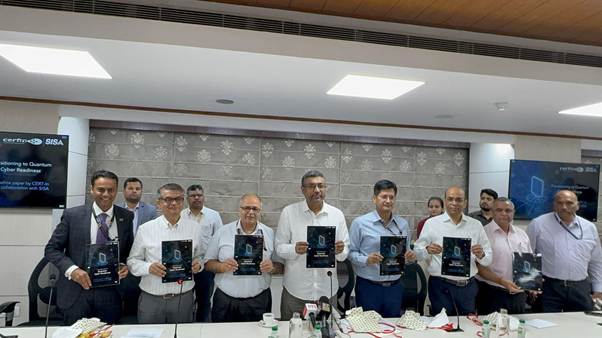Gaza/Tel Aviv – In a significant and somber development, Hamas returned the bodies of four Israeli hostages on Thursday, placing them in black coffins draped with flags before handing them over to the Red Cross. The captives, long presumed dead, included an elderly man, a woman, and her two young children, who had become symbols of national anguish following the October 7, 2023, attack that sparked the ongoing conflict.
Bodies Handed Over in Gaza
As Red Cross vans arrived in the Gaza Strip, Hamas militants presented the coffins on a makeshift stage before transferring them into the vehicles. Red Cross personnel, dressed in red vests, covered the remains with white blankets before departing for Israel. Upon arrival, Israeli authorities commenced identification procedures.
According to Hamas, the deceased were identified as 83-year-old Oded Lifshitz, 32-year-old Shiri Bibas, and her sons, Ariel (4) and Kfir (2). Hamas claimed Israeli airstrikes were responsible for their deaths, along with the guards assigned to them. However, Israeli officials have yet to confirm the cause of death.
Nation Reacts With Mourning and Anguish
The news of the hostages’ deaths has reignited grief in Israel, where their fate had been a central concern for months. In Tel Aviv’s Hostage Square—where Israelis have previously gathered to witness the return of live captives—there were no live broadcasts of the transfer, and the plaza remained largely deserted.
The Bibas family, who had repeatedly expressed hope for the return of their loved ones, stated they would await official identification before acknowledging the deaths. Supporters across Israel have worn orange in solidarity, honoring the red-haired children who were taken captive.
Symbolism and the Ceasefire Negotiations
This latest exchange comes under a fragile truce that has seen the release of 24 living hostages in recent weeks. However, Thursday’s transfer serves as a grim reminder of those who did not survive captivity. The ceasefire’s first phase is set to conclude in early March, with ongoing negotiations determining the fate of remaining hostages and the broader peace process.
Hamas has signaled its intention to release six living captives on Saturday, followed by the remains of four more individuals in exchange for Palestinian prisoners held by Israel. The militant group, however, has remained firm in its demand for a permanent ceasefire and a complete Israeli withdrawal from Gaza as conditions for the release of all remaining captives.

Escalating Political Tensions
Israeli Prime Minister Benjamin Netanyahu, under growing domestic and international pressure, has vowed to continue military operations until all hostages are freed and Hamas’ military capabilities are dismantled. Meanwhile, Hamas has accused Netanyahu of being responsible for the deaths of the returned hostages, escalating already fraught tensions.
Adding further complexity to the situation, former U.S. President Donald Trump’s reported plan to resettle displaced Gazans and allow the U.S. to oversee rebuilding efforts has drawn strong criticism from Arab nations and Palestinian leaders. Netanyahu has expressed support for aspects of the proposal, a stance likely to deepen divisions in ceasefire discussions.
The Human Cost of the Conflict
Since October 7, 2023, when Hamas-led militants launched an attack that killed over 1,200 Israelis and took 251 hostages, the conflict has claimed tens of thousands of lives. According to Gaza’s Health Ministry, which does not distinguish between civilians and combatants, more than 48,000 Palestinians have been killed, with Israel estimating that at least 17,000 of them were militants.
As negotiations continue, the fate of roughly 60 remaining hostages—many feared dead—hangs in the balance, while the humanitarian crisis in Gaza deepens with large-scale displacement and widespread destruction. The coming weeks will determine whether the ceasefire will hold or if the region will witness a resurgence of hostilities.
Looking Ahead
With the truce’s first phase nearing its end and talks of a second phase still in early stages, the international community is watching closely. Whether this tragic exchange will serve as a turning point for peace negotiations or a prelude to renewed conflict remains to be seen.





